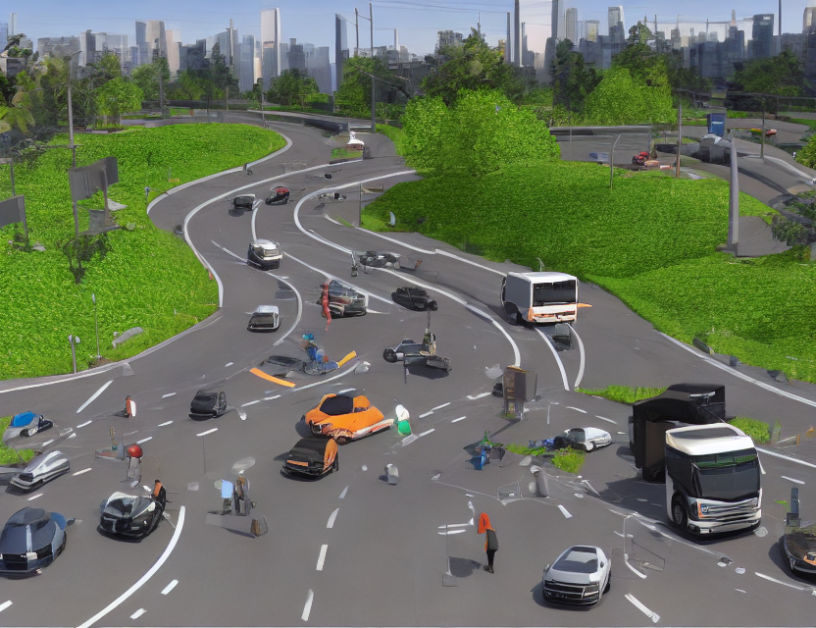As we strive to make our roads safer, researchers and engineers are exploring innovative ways to protect vulnerable road users (VRUs) like pedestrians and cyclists. This article discusses the latest technologies being developed to prevent accidents involving these groups.
One such technology is the "avoidance system" that uses sensors and cameras to detect potential hazards and alert the driver. This system can even take control of the vehicle in emergency situations, ensuring safety. Another advancement is the use of "connected vehicles," which enable real-time communication between cars, enabling them to share information and respond quickly to hazards.
In addition, the article highlights the importance of standardizing these technologies to ensure seamless integration and interoperability across different systems. By working together, researchers, engineers, policymakers, and industry leaders can create a safer transportation system for all road users.
Key Points
- Advanced technologies like avoidance systems and connected vehicles are being developed to protect VRUs.
- These technologies use sensors, cameras, and real-time communication to prevent accidents.
- Standardization is crucial to ensure seamless integration and interoperability of these systems.
- By working together, we can create a safer transportation system for all road users.
In conclusion, the article emphasizes that protecting VRUs is a complex challenge that requires innovative solutions and collaboration among various stakeholders. By leveraging cutting-edge technologies like avoidance systems and connected vehicles, we can reduce the number of accidents involving these vulnerable groups, leading to safer roads for everyone.



